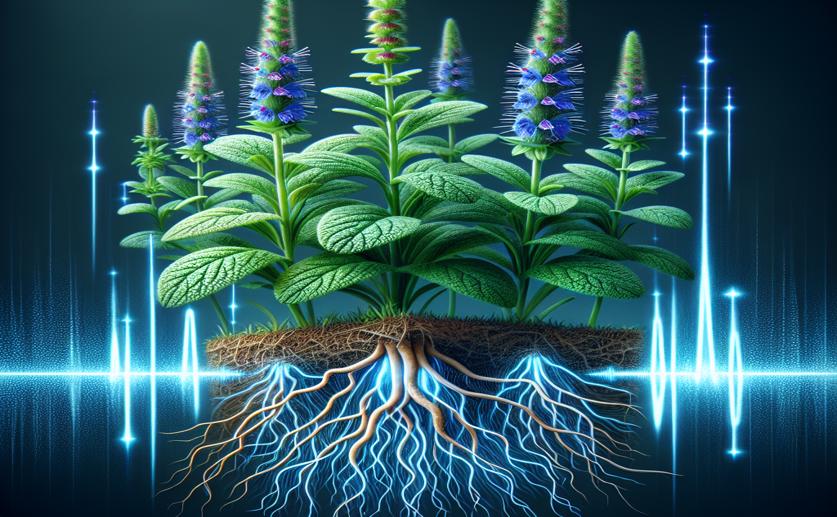
Gamma Rays Limit Root Growth but Cause Leaf Patterns in Salvia Plants
Greg Howard
25th January, 2024

Image Source: Natural Science News, 2024
References
Main Study
1) Co60 gamma irradiation reduces rooting ability in M1V1Salvia uliginosa while inducing leaf variegation.
Published 24th January, 2024
https://doi.org/10.1080/09553002.2024.2304852



 24th January, 2024 | Jenn Hoskins
24th January, 2024 | Jenn Hoskins